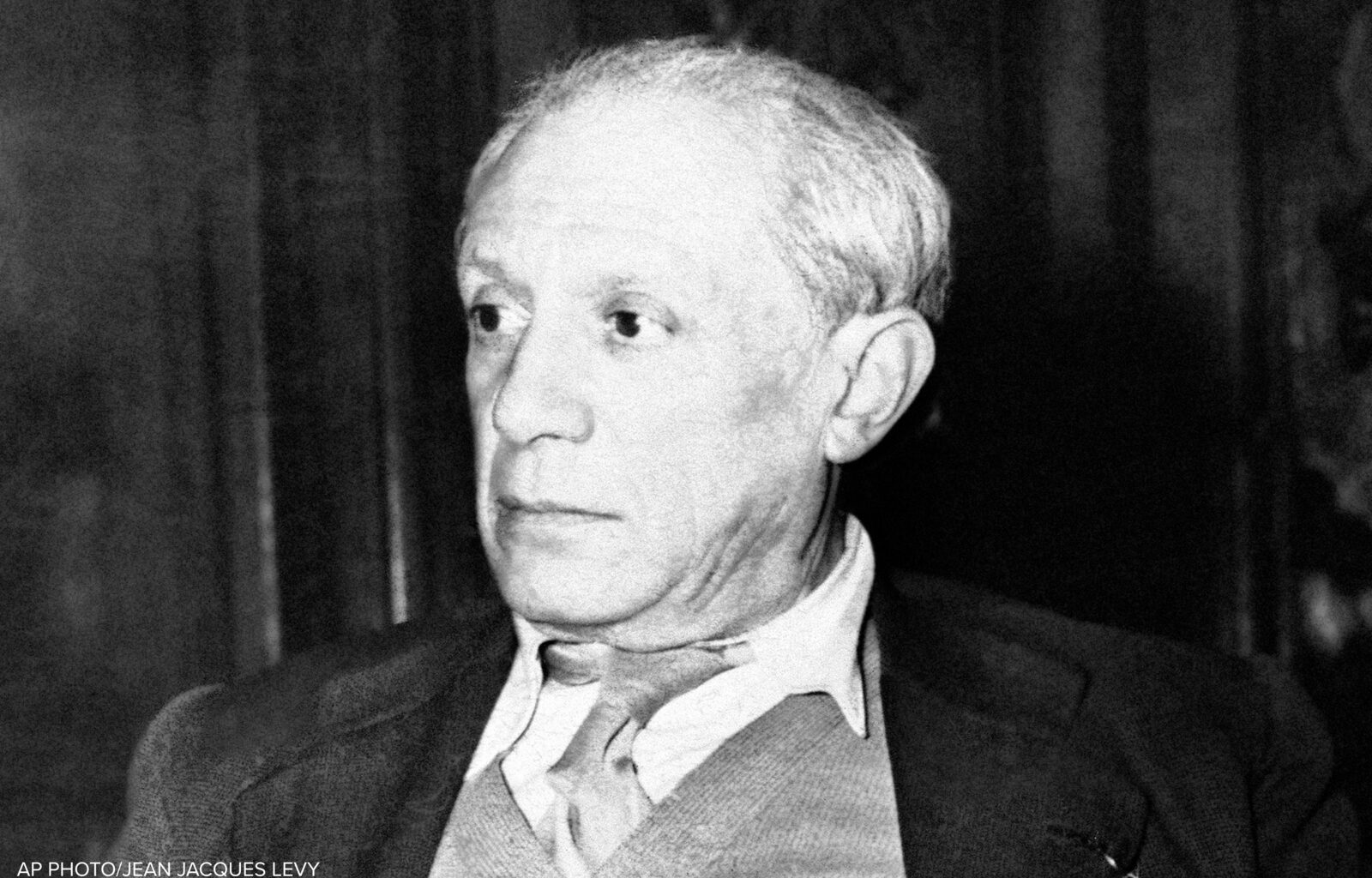On a quiet Friday morning in early October, a van carrying dozens of paintings arrived at the CajaGranada Cultural Center, a modern glass-and-stone building on the edge of Granada, with the Sierra Nevada mountains visible in the distance.
The artworks had been collected from private collectors in Madrid and were meant for an exhibition titled “Still Life: The Eternity of the Inanimate.”
But when museum staff opened the crates three days later, a painting worth more than half a million dollars had vanished.
The missing piece, “Still Life with Guitar,” created by Pablo Picasso in 1919, is small — just 5 inches by just under 4 inches — but it is insured for more than $650,000 and now sits at the center of an expanding investigation.
Made with gouache and pencil on paper, the work depicts a guitar and several everyday objects, including a bottle and a folded sheet of paper, arranged on a table in soft brown and gray tones. Art experts say that the piece reflects Picasso’s move toward a simpler, more structured style after his early Cubist period.
The painting was part of a shipment of 57 works — one by Picasso and 56 by other artists — stored in Madrid from Sept. 25 until Oct. 2. The van carrying them to Granada made the roughly 260-mile journey by road, a trip that typically takes about five hours.
According to investigators, the van left Madrid on the afternoon of Oct. 2 but made an unscheduled overnight stop in the small town of Deifontes, just miles from Granada. The two drivers told police they took turns sleeping in or near the van and kept watch over the cargo all night, according to a source with direct knowledge of the investigation.
That stop in Deifontes is now a key focus for investigators.
“It’s crazy,” said Arthur Brand, one of Europe’s best-known art detectives. “If you’re moving art this valuable, you don’t stop overnight after four hours. You deliver it immediately. Doing otherwise is extremely suspicious.”
Brand, who once lived in Granada, said police are likely to question the drivers first.
“When rules like that are broken,” said Brand, “the first step is to interrogate those who broke them.”
On the morning of Oct. 3, the van reached the CajaGranada Center, where all the crates were unloaded and moved to a secure, video-monitored room.
Because many boxes were not numbered, staff postponed a full inspection until Monday, Oct. 6. Security footage showed no signs of tampering over the weekend.
But when unpacking began that Monday, staff realized Picasso’s painting was missing and the CajaGranada Foundation, which runs the cultural center, immediately reported it to the National Police, saying they were cooperating fully with the investigation.
Meanwhile, a source familiar with the investigation told ABC News it’s possible the painting never reached the museum at all and that investigators are focusing on the period between Sept. 25, when the work entered storage, and Oct. 2, when it left Madrid.
Authorities are also reviewing footage from the museum, which shows no incidents, and cameras near the hostel in Deifontes where the drivers stayed overnight, police said.
Brand, who has worked on numerous major theft cases, said insider involvement cannot be ruled out.
“In many art thefts, there are insiders — people who tip off criminals or are part of the plan,” he said. “Someone with inside knowledge of the schedule or security can make it much easier.”
The investigation is being handled by the Policia Nacional’s investigative unit in Granada together with Spain’s Brigada de Patrimonio Historico, the national art-crimes team.
A spokesperson for the Brigada de Patrimonio Histórico told ABC News the unit is coordinating with Interpol, Europol and other international agencies.
“We share the picture and more information,” the spokesperson said, without giving further details.
Separately, a spokeswoman for the National Police in Granada said the missing Picasso has been entered into an international database of stolen artworks used by police forces around the world.
Authorities have not confirmed whether Deifontes remains their main focus but said they are open to public tips.
Despite the uncertainty, Brand remains optimistic.
“Spain has some of the best art-crime investigators in the world,” he said. “If anyone can find this painting, they can – and if they don’t, I will. One way or another, it will be found.”
Copyright © 2025 ABC News Internet Ventures.

